Edible Colorado Insects in a Survival Situation: A Guide to Sustainable Foraging
In the wilderness of Colorado, where nature thrives in its rawest form, survival skills are paramount. As an experienced outdoorsman, I’ve come to appreciate the abundance of edible insects as a valuable food source in challenging circumstances. I’m kidding, I don’t eat bugs, but I do place value in knowing which ones I could if I needed to:) In this “Edible Colorado Insects in a Survival Situation” blog post, I will delve into the world of edible Colorado insects and provide essential knowledge on identifying, harvesting, and consuming them in a survival situation. Discover the vast array of protein-rich and sustainable options that nature has to offer.
Table of contents
The Nutritional Value of Edible Insects
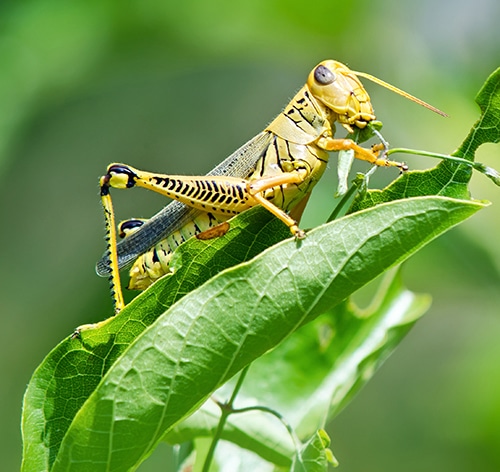
When it comes to survival situations, finding adequate sources of nutrition becomes paramount. Colorado is home to a diverse range of edible insects that can provide a high protein content, making them valuable sources of sustenance in times of need. While consuming insects may seem unconventional to some, it’s important to recognize their nutritional value and role in human diets for centuries. Let’s explore the high protein content in edible Colorado insects and why they are viable for survival scenarios.
High Protein Content
Edible insects found in Colorado, such as grasshoppers, crickets, and mealworms, are packed with nutrients, with protein being their standout feature. In fact, insects contain high-quality protein comparable to traditional animal sources such as beef, chicken, and fish.


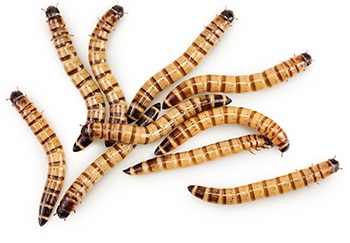
For example, crickets can contain up to 69% protein by dry weight, while mealworms boast around 53% protein. These impressive protein levels make insects an excellent food source for meeting your nutritional needs, especially in survival situations where other protein sources may be scarce.
Versatile Protein Source
In addition to their impressive protein content, edible insects in Colorado offer versatility in how they can be consumed. They can be cooked, roasted, or ground into powder to be used as an ingredient in various meals. Incorporating insects into stews or soups can increase the protein content and add a unique and nutritious element to your survival diet. Their mild and nutty flavor can be easily masked or enhanced with other ingredients and spices.
Micronutrients
Insects are packed with essential micronutrients such as iron, calcium, zinc, and vitamins B12 and D. Protein comprises amino acids, and insects provide a rich profile of these essential building blocks for our bodies. Many edible insects contain all nine essential amino acids, which are the amino acids that our bodies cannot produce on their own and must be obtained from our diet. This makes insects a complete
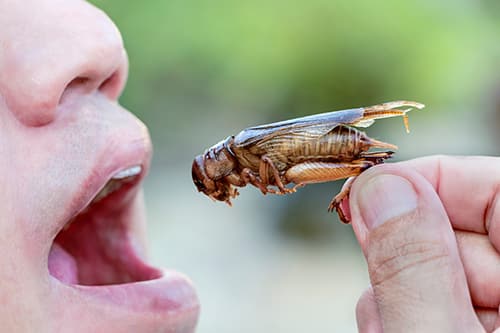
protein source, ensuring you receive a well-rounded balance of essential amino acids necessary for proper bodily functions and tissue repair.
Identifying Edible Colorado Insects
Colorado is home to a diverse range of edible insects. While I couldn’t find an exact number, the ones I know of make up most of the wildlife areas across Colorado. Some edible insects in Colorado include beetles, ants, grasshoppers, caterpillars, mealworms, and crickets. Various cultures have consumed these insects for centuries. It’s important to note that proper identification and knowledge are crucial when foraging for and consuming wild insects. For example, not all caterpillars or beetles are edible.
Importance of Accurate Identification
When foraging for edible insects, it is crucial to identify the species to ensure their safety for consumption accurately. Learn to identify these insects as you see them, or use reputable resources and field guides. Alternatively, seek guidance from local survival experts to familiarize yourself with the specific insects found in Colorado and their distinguishing features.
Examples of Edible Insects in Colorado
Grasshoppers and Crickets


- Description: Grasshoppers and crickets are recognizable by their long hind legs, wings, and distinctive chirping sounds.
- Edible Parts: The entire insect, excluding wings and legs.
- Preparation: Remove the wings and legs before cooking. Roast, fry, or grind them into powder for use in various dishes.
Ants
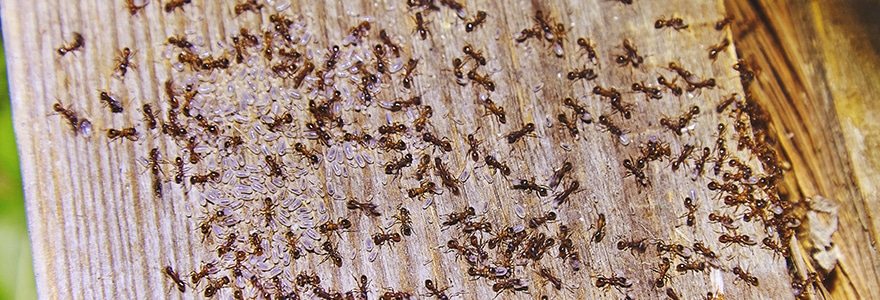
- Description: Ants vary in size, color, and habitat. Common species in Colorado include carpenter ants, pavement ants, and harvester ants.
- Edible Parts: The ant larvae, pupae, and adults are all edible.
- Preparation: Collect the ant larvae, pupae, or adults and cook them. They can be roasted, boiled, or added to soups and stews.
Beetle Larvae
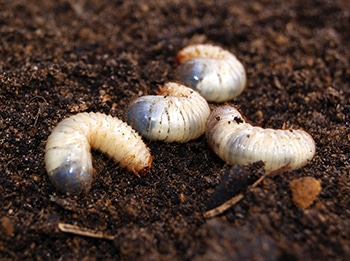
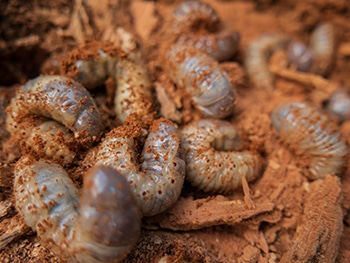

- Description: Beetle larvae, commonly known as grubs, have soft bodies and a variety of appearances depending on the species.
- Edible Parts: The entire grub is edible.
- Preparation: Harvest the grubs and cook them thoroughly. They can be roasted, boiled, or sautéed.
Harvesting and Preparation Techniques
Cleaning and Preparation
- Remove Wings and Legs: For most edible insects, removing the wings and legs before cooking or consuming them is advisable. This improves the texture and taste.
- Cooking Methods: Edible insects can be cooked in various ways, including roasting, frying, boiling in water, or sautéing. Experiment with different recipes and techniques to find your preferred method of preparation.
- Seasoning and Flavoring: Enhance the taste of edible insects by adding herbs, spices, or sauces to your recipes. Experiment with different flavors to suit your preferences.
Safety Considerations
- Allergies: Some individuals may have allergies to certain insects. If you have known allergies or sensitivities, exercise caution when trying new insect species for the first time.
- Proper Identification: Accurate identification is essential to avoid consuming toxic or harmful insects. If you are uncertain about identifying an insect, it is best to err on caution and refrain from consuming it.
Conclusion:
Exploring the world of edible insects in Colorado can provide a valuable source of nutrition and sustainability in a survival situation. You can sustain yourself in a tough situation by accurately identifying and safely harvesting insects such as grasshoppers, crickets, ants, and beetle larvae. I will commit to updating this blog with photos as I am in the field and will expand on the list. Please reply if you know of any good insects that fit this list.
Remember, cultures worldwide have consumed edible insects for centuries, and they provide an excellent alternative protein source. You can enhance your survival skills by embracing the abundance of edible Colorado insects.
Note: Be cautious, use reliable resources, and seek guidance from experts or local authorities when foraging and consuming edible insects. If you have known allergies or health conditions, consult a healthcare professional before heading out into the field.
FAQs about Edible Colorado Insects
Yes, certain insects should be avoided due to potential toxicity or health risks. For example, avoid consuming brightly colored insects, hairy or spiky ones, or those with a pungent odor, as these can be warning signs of toxicity.
Edible insects can be used in various culinary creations. They can be added to stir-fries, incorporated into baked goods, sprinkled on salads, or used as a protein-rich topping for pizzas or tacos. Be creative and experiment with different recipes to find enjoyable ways to incorporate insects into your meals.
The availability of edible insects may vary depending on the season and specific location within Colorado. Some insects may be more abundant during certain times of the year. Researching and understanding the seasonal patterns of edible insects in your area is advisable.
Honey bees are generally not a preferred choice for consumption due to their small size, limited meat content, and potential risks associated with their consumption. Honey bees can sting, and some individuals may have serious allergic reactions to bee venom, leading to severe health complications, especially in a survival situation where medical assistance is not readily available.



